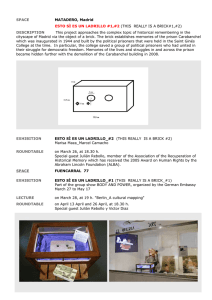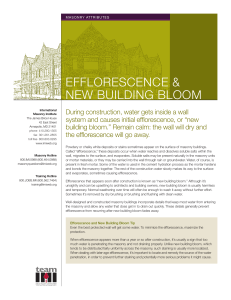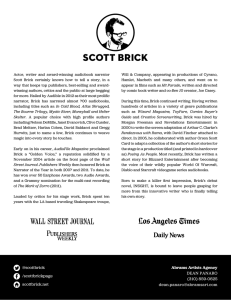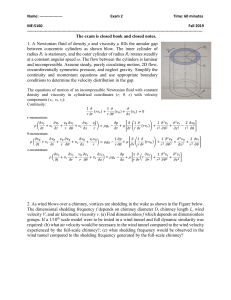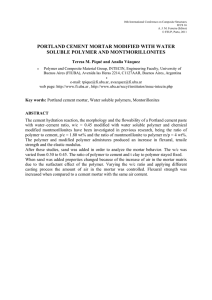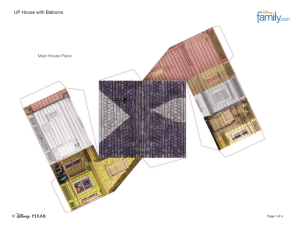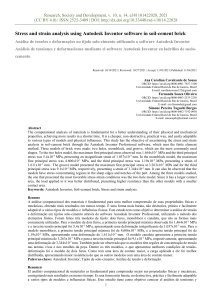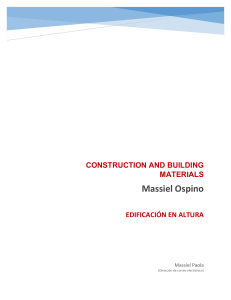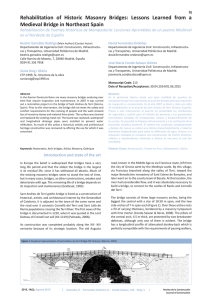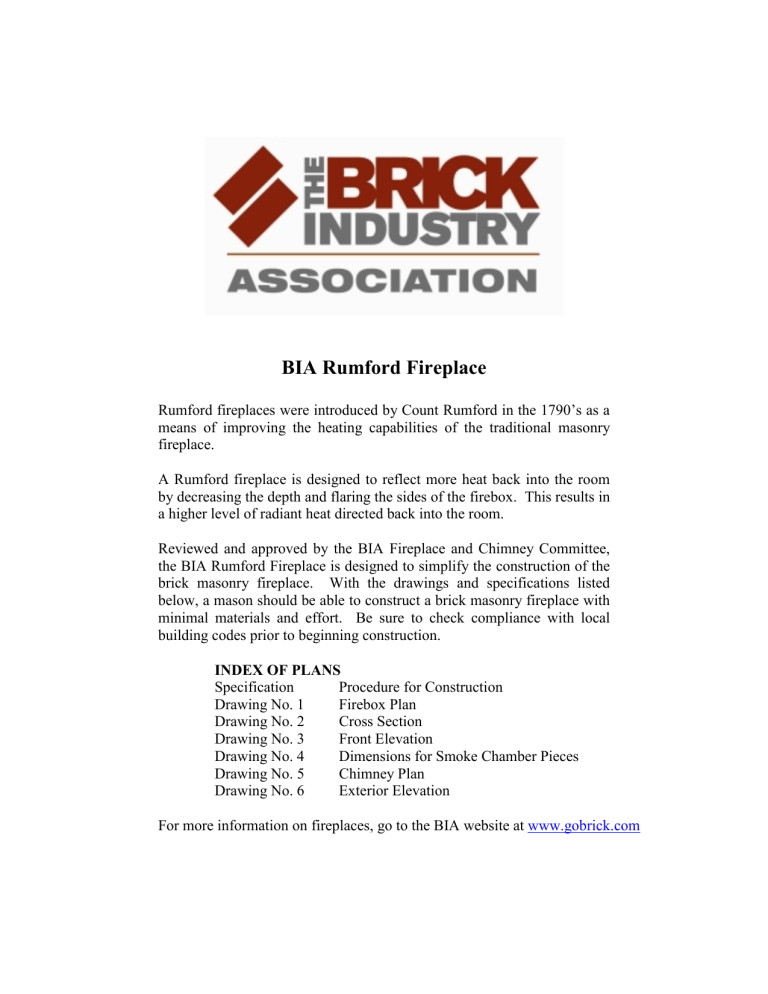
BIA Rumford Fireplace Rumford fireplaces were introduced by Count Rumford in the 1790’s as a means of improving the heating capabilities of the traditional masonry fireplace. A Rumford fireplace is designed to reflect more heat back into the room by decreasing the depth and flaring the sides of the firebox. This results in a higher level of radiant heat directed back into the room. Reviewed and approved by the BIA Fireplace and Chimney Committee, the BIA Rumford Fireplace is designed to simplify the construction of the brick masonry fireplace. With the drawings and specifications listed below, a mason should be able to construct a brick masonry fireplace with minimal materials and effort. Be sure to check compliance with local building codes prior to beginning construction. INDEX OF PLANS Specification Procedure for Construction Drawing No. 1 Firebox Plan Drawing No. 2 Cross Section Drawing No. 3 Front Elevation Drawing No. 4 Dimensions for Smoke Chamber Pieces Drawing No. 5 Chimney Plan Drawing No. 6 Exterior Elevation For more information on fireplaces, go to the BIA website at www.gobrick.com BIA Rumford Fireplace Procedure for Construction (Revised August 11, 2004) 1. Before starting the firebrick lay out the first course of the firebrick and double check all dimensions on the plan. Check brick sizes and variations to adjust bond if needed. 2. Lay the inner hearth “brick to brick” with refractory mortar between them on a bed of refractory mortar. 3. Build the firebox using standard 9-inch firebrick, laid as “shiner” (on edge), with refractory mortar and ¼ inch maximum joints. 4. Fill the voids behind the firebox with rubble and or insulating material for backup. 5. Cut a flue tile to make the sloping smoke chamber. 6. Set damper and allow for expansion of the metal when it heats on all sides. This is usually accomplished by leaving an air space around the damper. 7. Lay up brickwork on sides, corbeling inward at ¾-inch maximum per course to provide structure for the smoke chamber pieces. 8. Set smoke chamber pieces and fill around with solid masonry or insulating material. 9. Lay up any surrounding masonry and begin chimney. 10. Variations to these drawings may be needed to comply with local building codes. Quantity Material Description 1 75 900 120 6 2 1 1 Damper Fire Brick Face Brick Uncored Face Brick Flue Tile Angle Irons Refractory Mortar Outside Air Kit 36” Cast Iron w/poker control 9” x 4-1/2”* 4” x 8” * 4” x 8” * 12” x 16” x 24”* 3” x 3” x ¼” 50 lbs. pail or bag (consult local code for requirement and placement of kit) 1/2 ton Mason’s Sand ASTM C 144, Clean & Washed 8 bags Pre-blended Portland Cement Lime or Masonry Cement or Mortar Cement Mortar -ORPortland Cement Lime Type N 4 bags 2 bags Type I Type S *nominal dimensions Size: • As shown, the fireplace and chimney measure 12-feet from firebox floor to top of chimney. • The chimney should extend to a minimum of 3-feet above the highest point where the chimney passes through the roof. The chimney should also extend at least 2-feet higher than any portion of a building within 10-feet radius. • For each additional 24-inches of chimney height, add 81 face brick and 1 flue tile to the material list. Tips: • Make a light insulating mortar for the backup/parging, with a bag of “pool base” vermiculite made specifically to mix with mortar. This insulating material will stick to the undersides of the corbelled brick and can be used around firebrick. • Use a skill saw with a 7-inch diamond blade to make cuts in the flue tile. • Comply with all OSHA protection requirements including ear protection, goggles, and dust mask.
